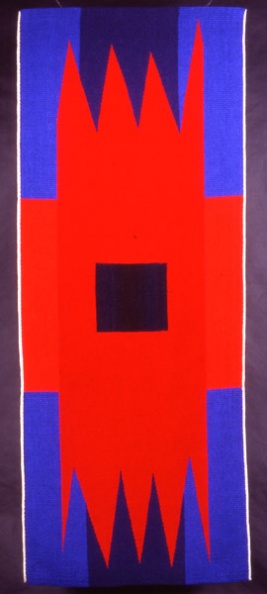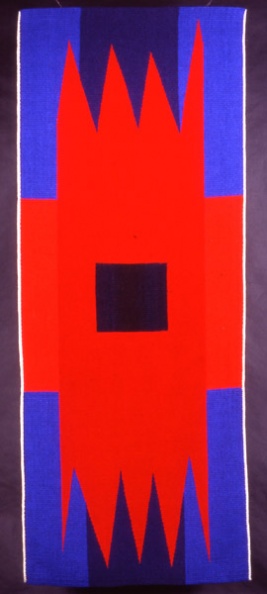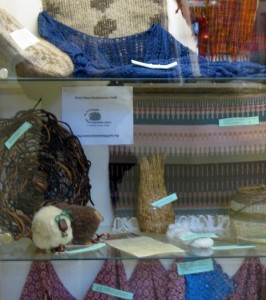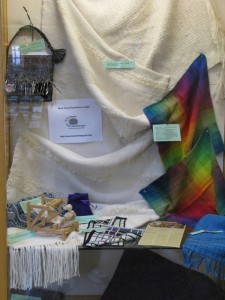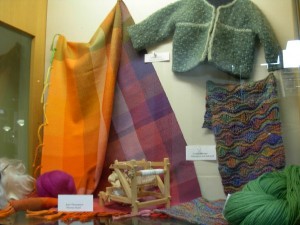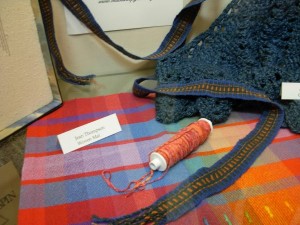We are pleased to announce a workshop with Karen Miller on the art of Japanese Stencil Dyeing.
Dates: July 14-15, 2012
Time: 9AM – 5PM both days
Cost: approx. $175 + 35 materials fee / student (depends on number of students)
Location: Amazing Yarns, 2559 Woodland Place, Redwood City, CA
Japanese fabrics have been made for centuries using intricate paper stencils and a resist paste made of rice flour. Authentic Japanese fabrics using this technique are very expensive and almost unobtainable in this country. You will learn how to make these lovely fabrics yourselves, dyeing them with indigo and/or colored dyes. On the first day we will carve two stencils from Japanese paper, and apply silk mesh to strengthen them. While the stencil is drying we will make the resist paste. We will use some of my stencils to apply paste to fabric so it will have time to dry overnight. The second day we will learn how to use a variety of traditional pigments, to produce multicolored images on silk or linen. Students will use their own stencils to paste silk scarves to dye and take home.
Please contact Ann McDonough for more information or to sign up for the workshop.
A $100 deposit is required to hold your place in the workshop.

